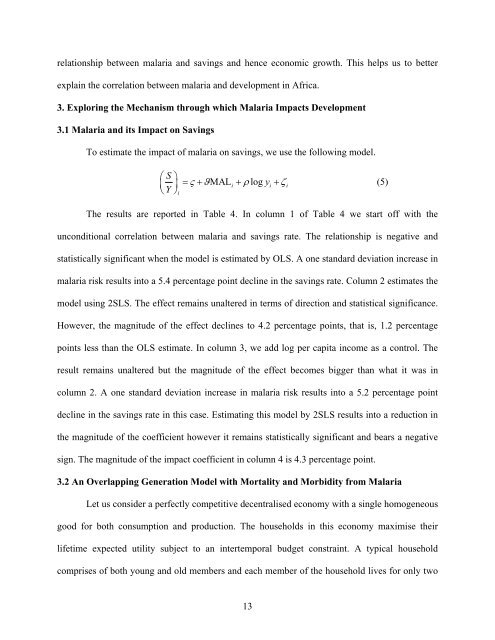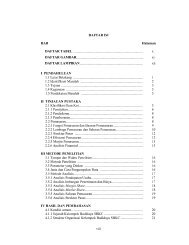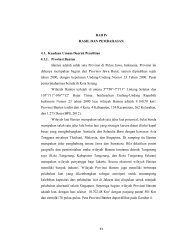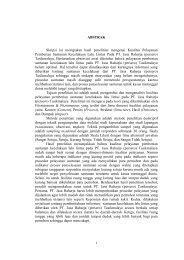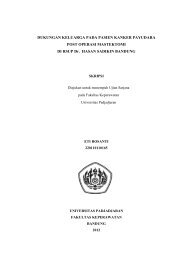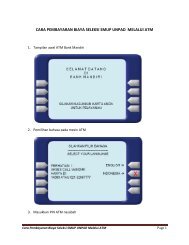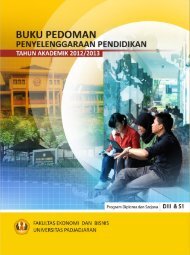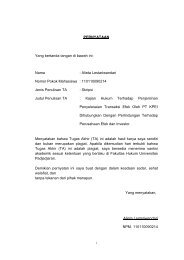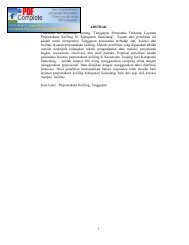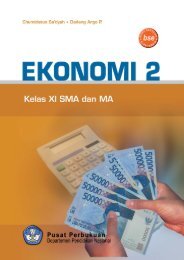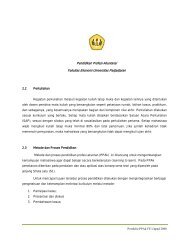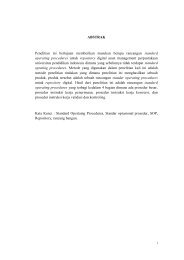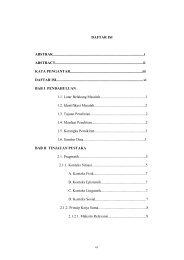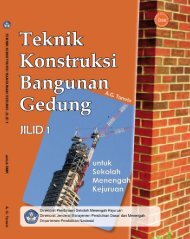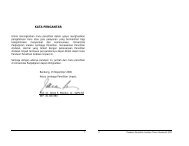Root Causes of African Underdevelopment
Root Causes of African Underdevelopment
Root Causes of African Underdevelopment
Create successful ePaper yourself
Turn your PDF publications into a flip-book with our unique Google optimized e-Paper software.
elationship between malaria and savings and hence economic growth. This helps us to betterexplain the correlation between malaria and development in Africa.3. Exploring the Mechanism through which Malaria Impacts Development3.1 Malaria and its Impact on SavingsTo estimate the impact <strong>of</strong> malaria on savings, we use the following model.⎛S⎞⎜ ⎟ = ς + ϑMALi+ ρlogyi+ ζ i⎝Y⎠i(5)The results are reported in Table 4. In column 1 <strong>of</strong> Table 4 we start <strong>of</strong>f with theunconditional correlation between malaria and savings rate. The relationship is negative andstatistically significant when the model is estimated by OLS. A one standard deviation increase inmalaria risk results into a 5.4 percentage point decline in the savings rate. Column 2 estimates themodel using 2SLS. The effect remains unaltered in terms <strong>of</strong> direction and statistical significance.However, the magnitude <strong>of</strong> the effect declines to 4.2 percentage points, that is, 1.2 percentagepoints less than the OLS estimate. In column 3, we add log per capita income as a control. Theresult remains unaltered but the magnitude <strong>of</strong> the effect becomes bigger than what it was incolumn 2. A one standard deviation increase in malaria risk results into a 5.2 percentage pointdecline in the savings rate in this case. Estimating this model by 2SLS results into a reduction inthe magnitude <strong>of</strong> the coefficient however it remains statistically significant and bears a negativesign. The magnitude <strong>of</strong> the impact coefficient in column 4 is 4.3 percentage point.3.2 An Overlapping Generation Model with Mortality and Morbidity from MalariaLet us consider a perfectly competitive decentralised economy with a single homogeneousgood for both consumption and production. The households in this economy maximise theirlifetime expected utility subject to an intertemporal budget constraint. A typical householdcomprises <strong>of</strong> both young and old members and each member <strong>of</strong> the household lives for only two13


